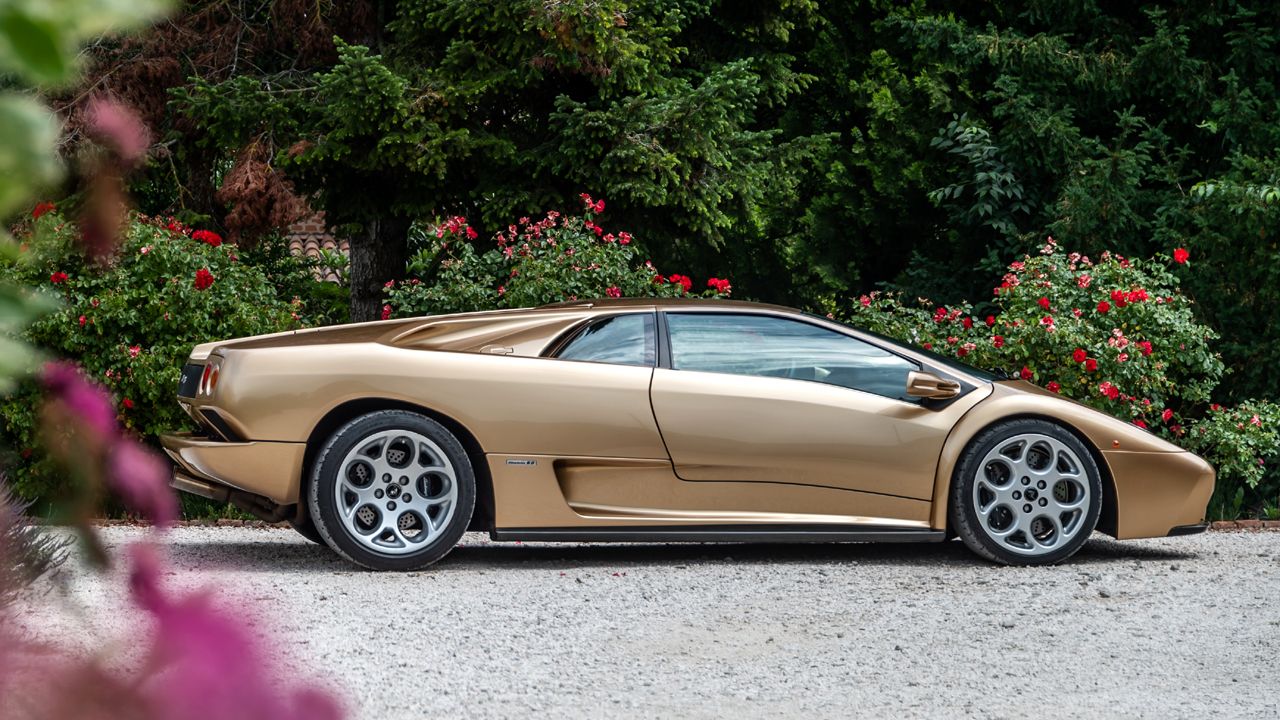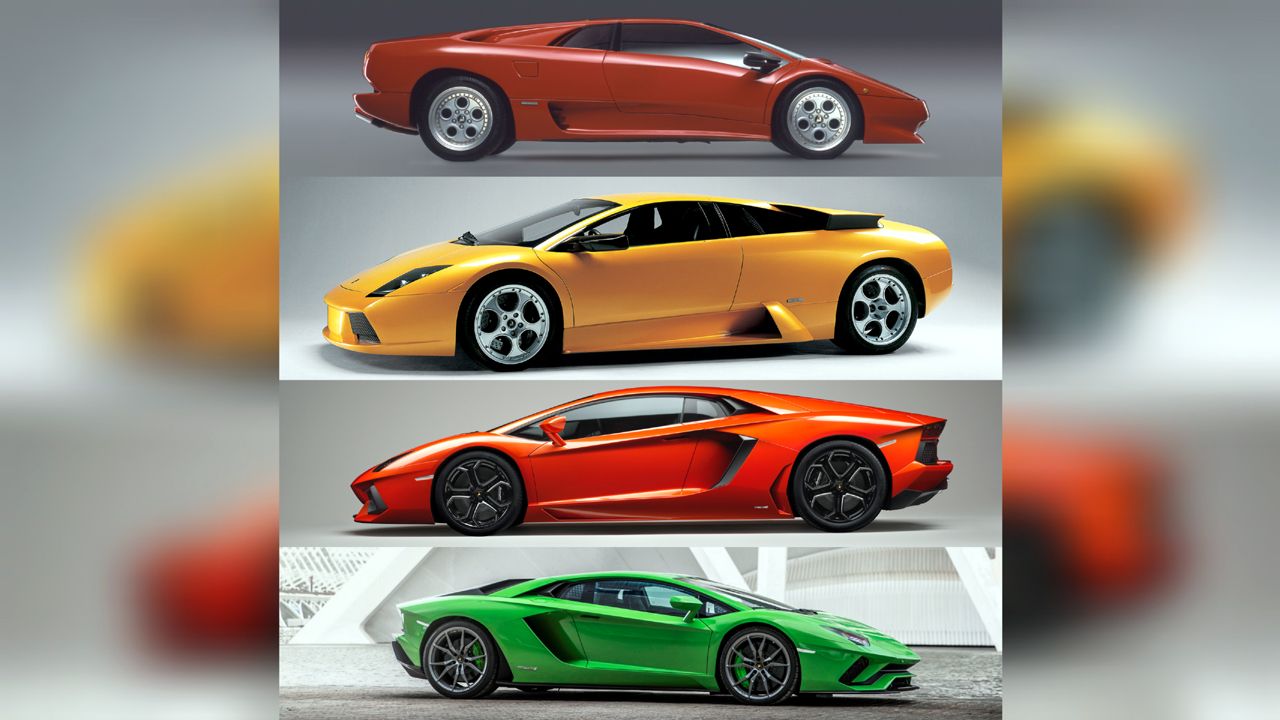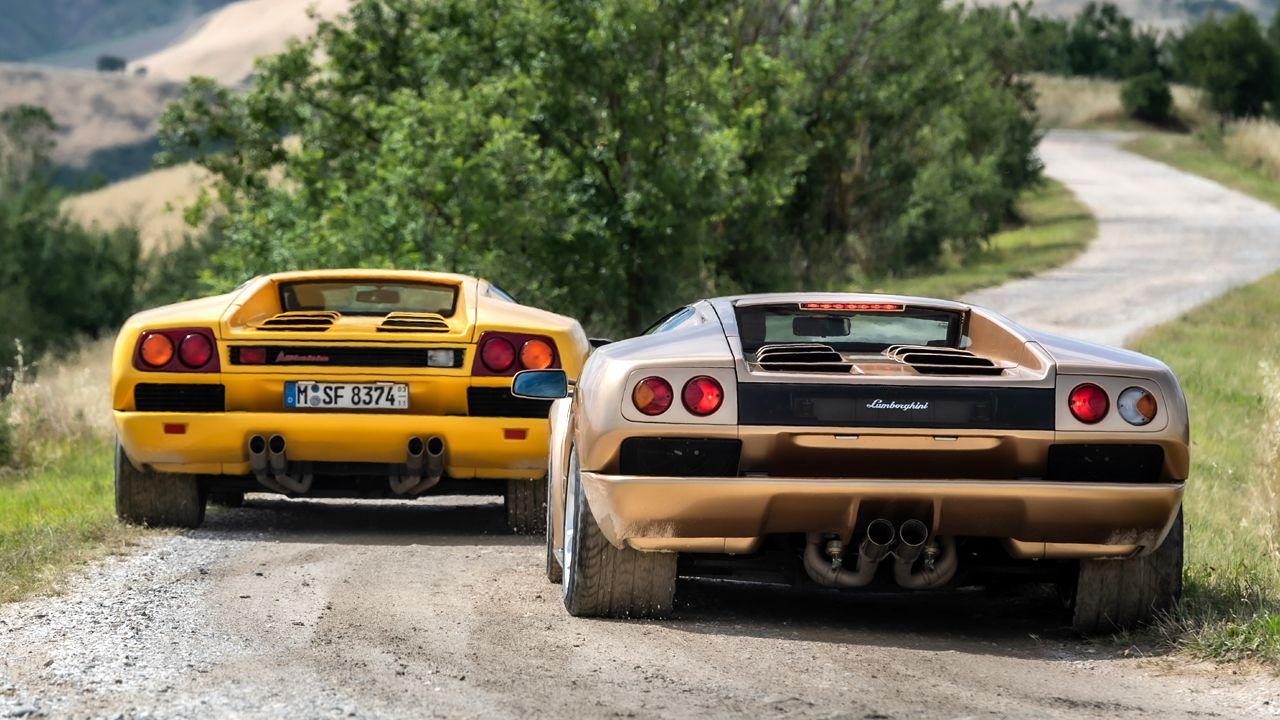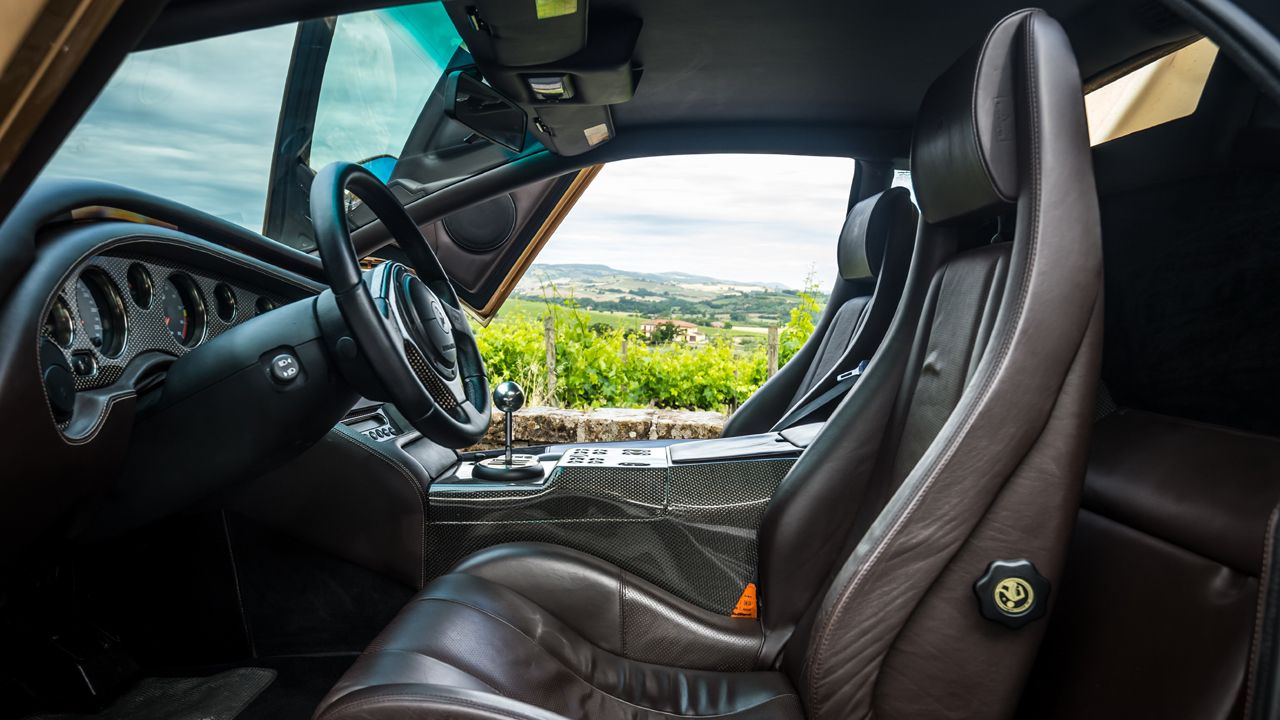
Amongst the cars that made for great 'bedroom wall posters', the Lamborghini Diablo sure ranks at the top!
The Lamborghini Diablo is considered to be one of the most iconic sports cars of the 1990s and holds a proud and prominent spot in the Italian marque's famed V12 model lineage. A successor to the Countach and the precursor to the Murciélago, the Diablo was a result of the bosses at Lamborghini asking their designers and engineers to develop a record-breaking car that could breach the 320km/h speed mark.
Codenamed Project 132, the Diablo made its commercial debut in January 1990 and took nearly five years of extensive R&D to finally culminate into a road-going car, as work on Project 132 had begun in 1985. With a 5.7-litre naturally-aspirated V12 breathing under its hood, the Diablo indeed emerged as a path-breaking model for Lamborghini in the 90s.
The V12 developed 484bhp and 580Nm of torque, and these figures helped the Diablo achieve a top speed of 325km/h. Not only was this the realisation of the dream the head honchos at Lamborghini had at the time but also the fastest production car of the time (at the time of launch).
Though the original model featured a handful of premium features (of the time), like leather interior, air conditioning, electric windows, and electrically-adjustable seats, it was still considered to be a 'pure & raw' V12 sports car since it only had rear-wheel-drive, without any electronic driving aid or power steering. This, however, changed over the years, as newer and more powerful versions were equipped with some more features and mechanical improvements.
1993 saw the arrival of the Diablo VT, equipped with four-wheel-drive, followed by the Diablo SV in 1995. Unveiled at the Geneva Motor Show of the year, the Diablo SV featured an increased power output of 510bhp, rear-wheel-drive, and an adjustable rear wing. December 1995 was the time when Lamborghini presented the first open-top iteration of the Diablo line-up, the Diablo VT Roadster. Offered with rear-wheel-drive only, it was also Lamborghini's first-ever 12-cylinder open-top series production model.
Following Lamborghini's acquisition by Audi in 1999, the Italian marque unveiled updated versions of the Diablo SV, VT, and VT Roadster – these were redesigned by Luc Donckerwolke, Lamborghini's first in-house designer. Apart from being restyled, the updated models produced 528bhp and 605Nm of torque, featured a new variable valve lift system and were equipped with ABS, a first for Lamborghini at the time.
The Diablo also spawned special series and competition models (with 6.0-litre V12 engines) until it was replaced by the Murciélago in 2001. During its lifespan, 2,903 units of the Diablo were produced, which made it one of the most produced Lamborghinis of the time.
Read more:
Lamborghini Huracan STO is the new Performante successor
10,000 Lamborghini Aventadors produced in nine years
10,000th Lamborghini Urus rolls off the production line
Lamborghini Huracan breaks Gallardo's ten-year production numbers in just five years





























Write your Comment